Exchange Forex Currency in Delhi & Explore Its Iconic Monuments
If you’re in Delhi for forex currency, why not make the most of your visit? Walk through the grand Red Fort and feel the history in its walls. Look up at the towering Qutub Minar and take in the beauty of Humayun’s Tomb. Stand by India Gate, feel the pride, or find peace at the Lotus Temple. Delhi’s stories are waiting for you!
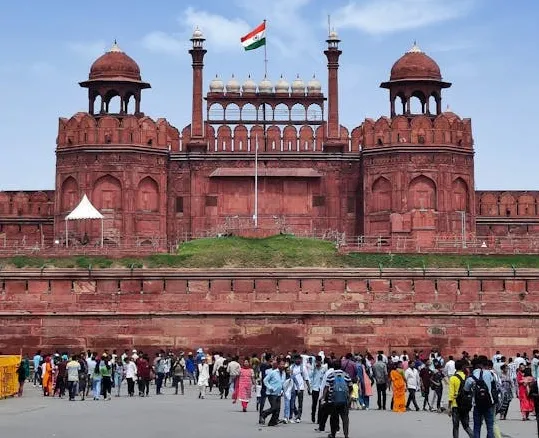
Don't forget to visit top famous monuments in Delhi
Delhi isn’t just a place; it’s an experience. Every corner has a story to tell, every street hums with life. It’s a city that has seen kings, wars, and grand celebrations, yet it moves forward with unmatched energy. Walk through Red Fort, and you can almost hear the echoes of Mughal emperors. Stand under the Qutub Minar, and you’ll feel the weight of history. The peaceful Lotus Temple and the grand India Gate remind you that Delhi is as soulful as it is powerful.
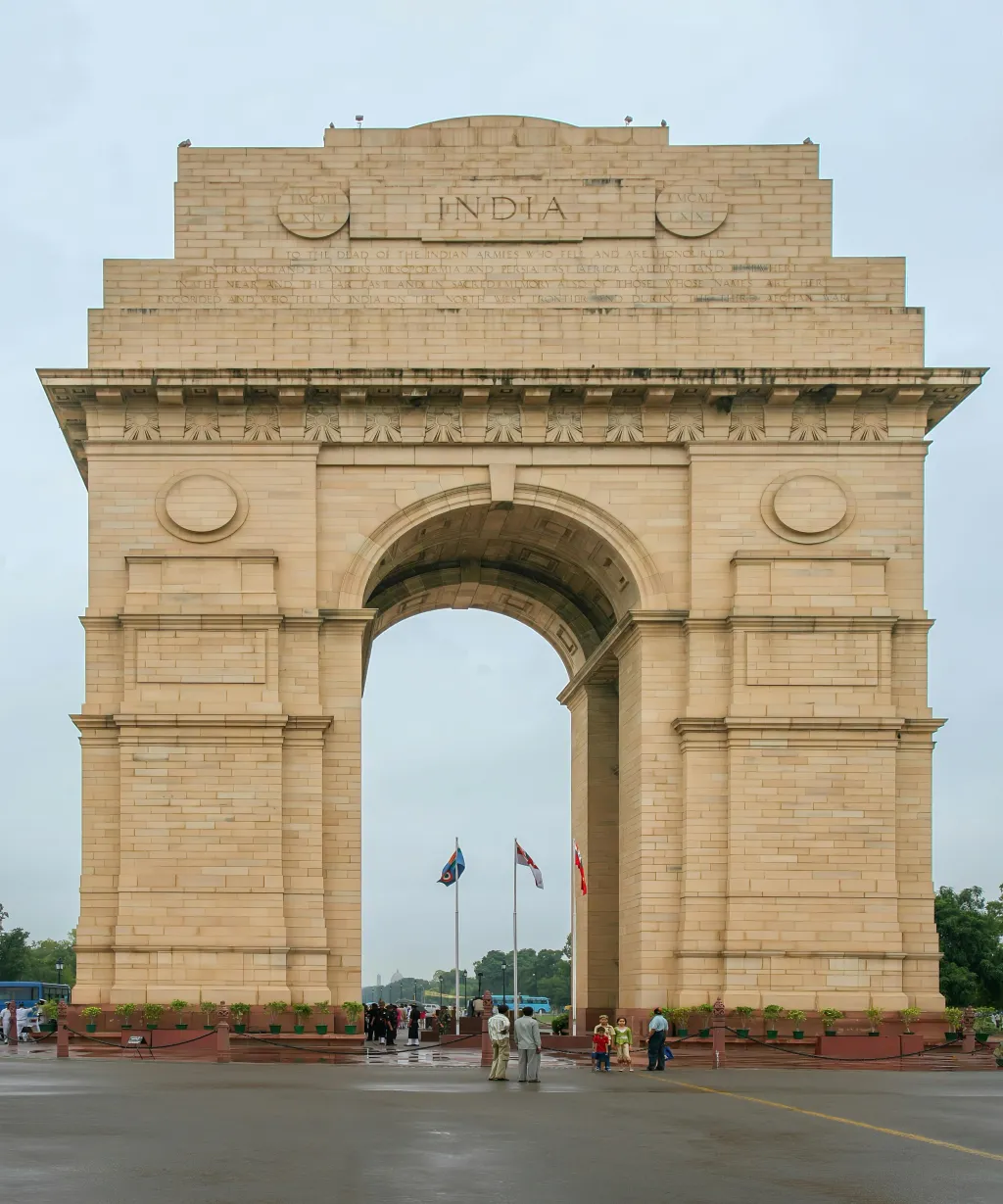
India Gate
India Gate is a place that really moves you. Built in 1931, it honors the soldiers who gave their lives during World War I and the Third Anglo-Afghan War. At 42 meters tall, it stands as a powerful symbol of their courage. The names of over 13,000 soldiers are carved into the monument, each one a story of sacrifice. At the base, the Amar Jawan Jyoti flame burns for the unknown soldiers who gave everything. Surrounded by peaceful gardens, India Gate is more than just a monument—it’s a place that makes you feel proud and reminds you of the strength and sacrifices that helped shape our country.
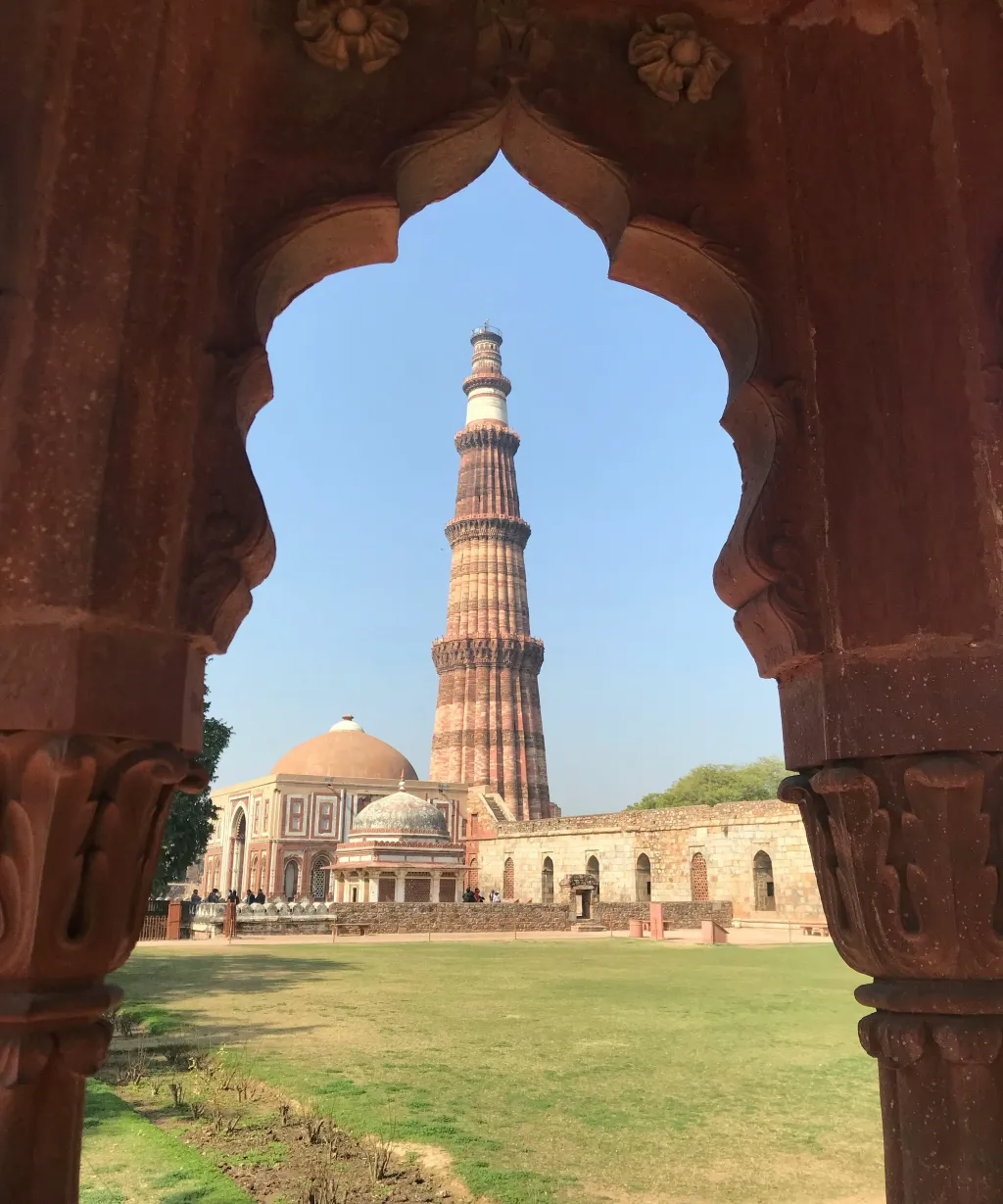
Qutub Minar
Qutub Minar is one of those places in Delhi that really takes your breath away. Standing 73 meters tall, it’s the tallest brick minaret in the world. Built in 1193 by Qutb-ud-Din Aibak, it marks the beginning of Muslim rule in India after the last Hindu ruler of Delhi was defeated. The red sandstone it’s made from is just beautiful, and the carvings and Quranic verses make it even more special. It was built as a symbol of victory and the spread of Islam. Over time, it’s been repaired after damage from lightning and earthquakes. The whole Qutub complex is filled with history, from India’s first mosque to the famous Iron Pillar. Qutub Minar is more than just a monument; it’s a reminder of Delhi’s deep, ever-changing history.
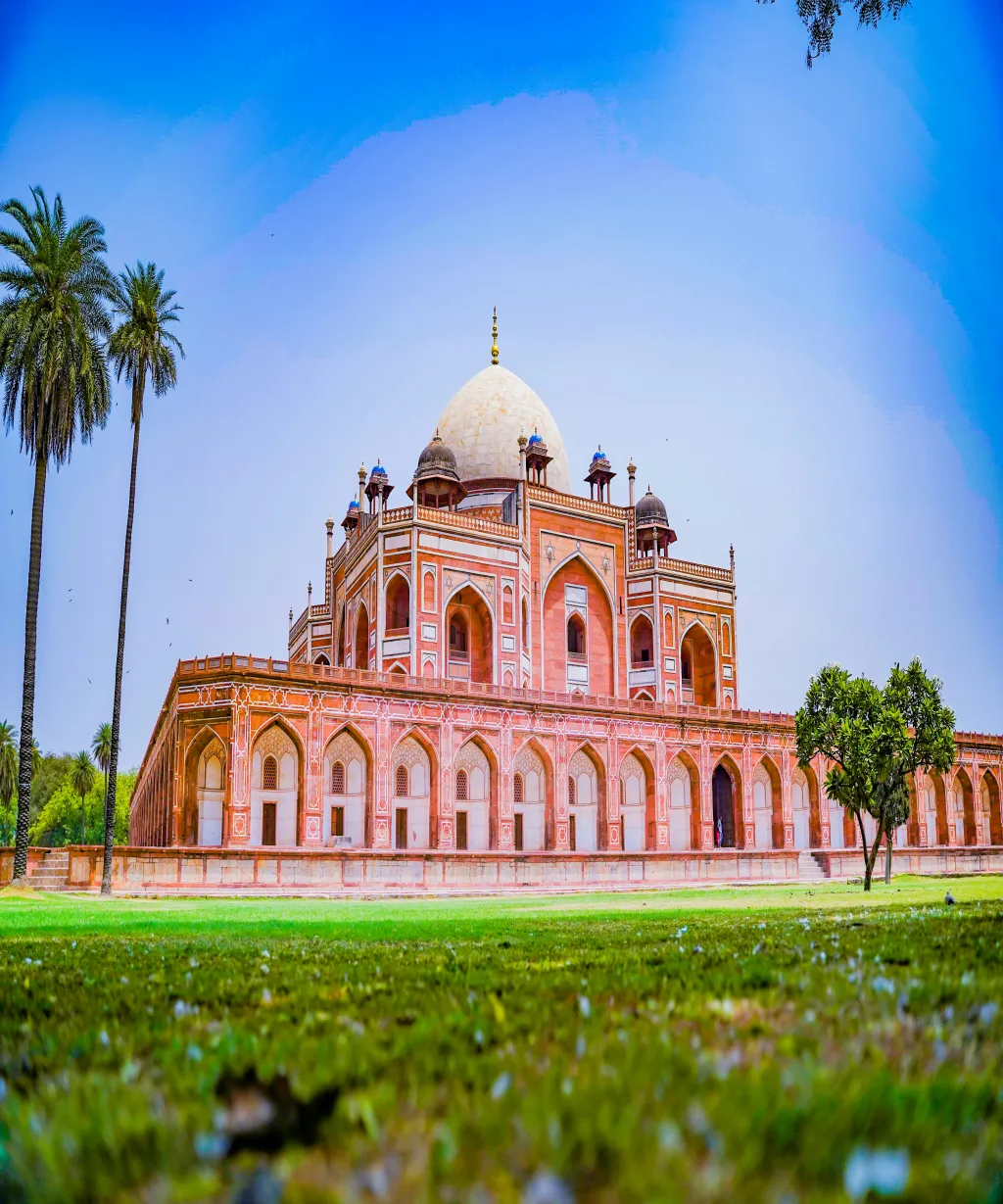
Humayun Tomb
Humayun’s Tomb is one of those places in Delhi that truly takes you back in time. Built in the 1500s by Empress Bega Begum for her husband, Emperor Humayun, it’s a beautiful tribute to him. The tomb is the first of its kind in India, a garden tomb in the Persian style, with peaceful gardens, flowing water, and a stunning structure made of red sandstone and white marble. It’s often said to be the inspiration for the Taj Mahal because of its elegance. Humayun’s Tomb is not just a place of beauty—it’s also the final resting place for several Mughal emperors, making it a really important piece of history. Over time, it’s been carefully restored, but it still carries that sense of the past and the grandeur of the Mughal empire.
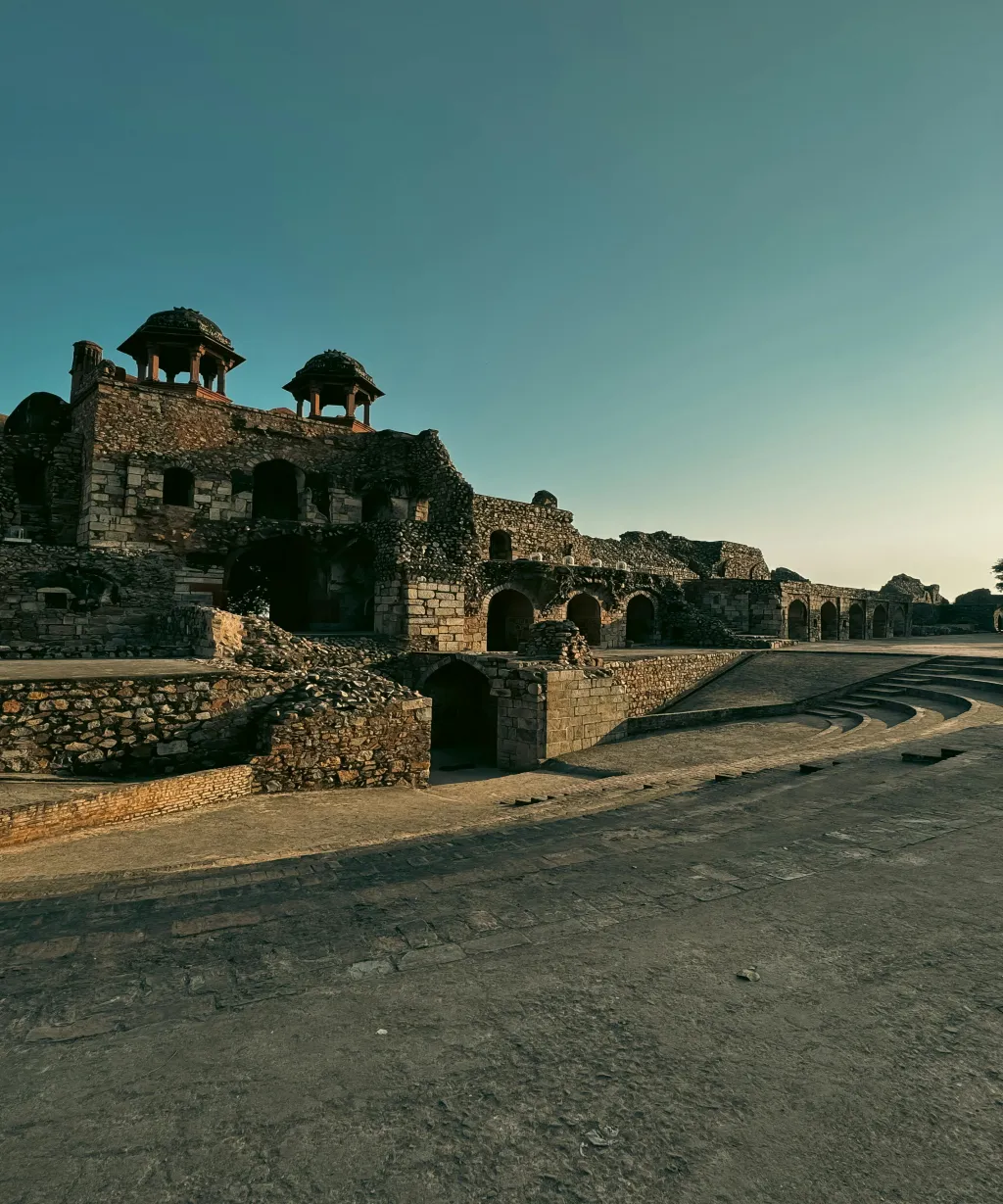
Purana Qila
Purana Qila, or the Old Fort, is a place that carries so much history. It’s believed to be where the ancient city of Indraprastha stood, the home of the Pandavas from the Mahabharata. The fort we see today was built by Emperor Humayun in the 1500s after he regained the city from Afghan ruler Sher Shah Suri. The mix of Mughal and Afghan architecture is amazing, with huge gates, tall walls, and a moat surrounding it. Inside, you’ll find the Sher Mandal, where Humayun tragically fell to his death. Purana Qila stands as a strong reminder of Delhi’s rich past, and visiting it today feels like stepping back in time to the heart of the city’s history.
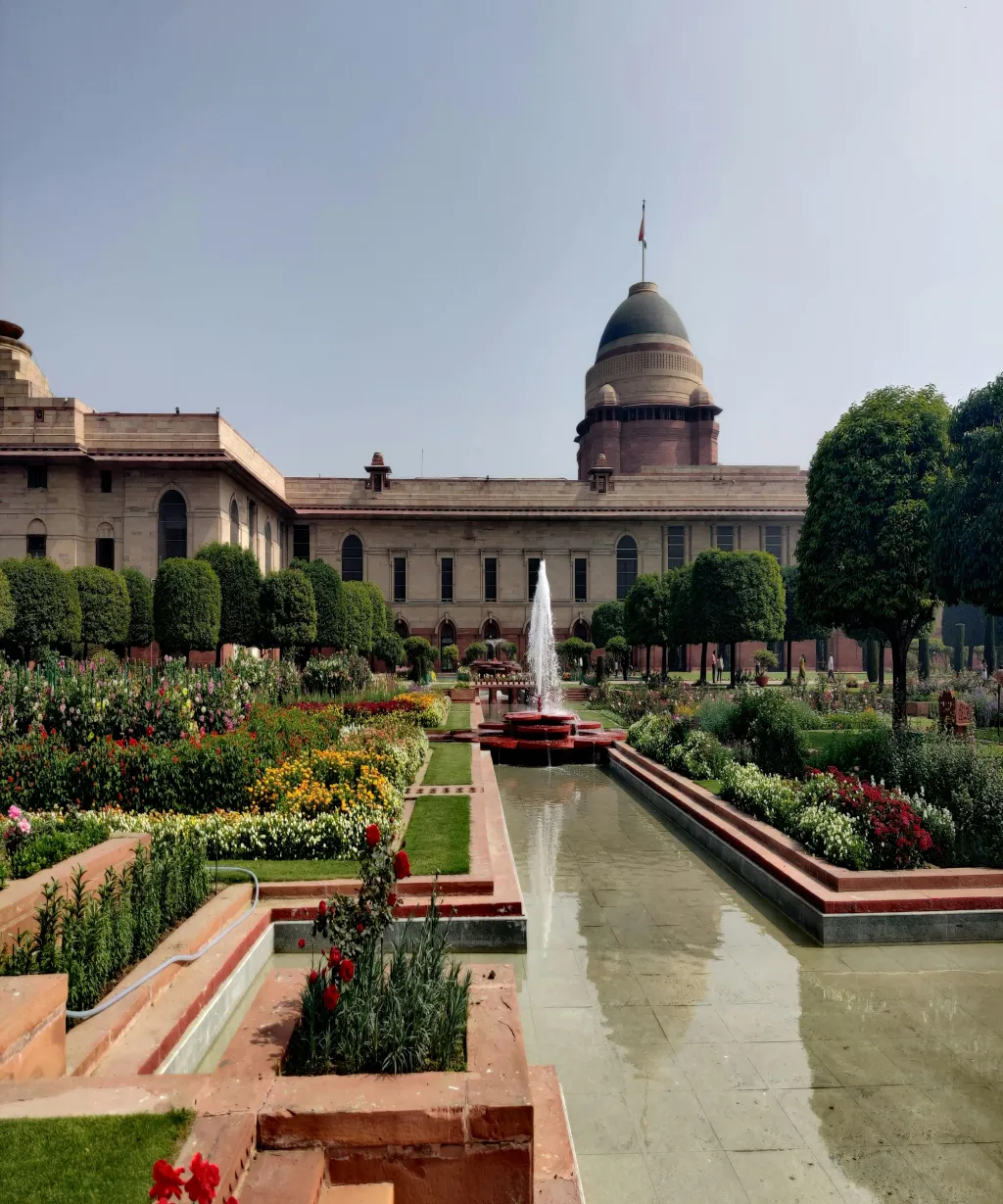
Rashtryapati Bhawan
Rashtrapati Bhawan, the President of India’s official residence, is an incredible piece of architecture and a true symbol of India’s history. Located in the heart of Delhi, it was originally built as the Viceroy’s residence during British rule and completed in 1929. Designed by the famous architect Sir Edwin Lutyens, the building blends Indian and Western styles, with its grand dome inspired by Buddhist Stupas. The surrounding Mughal Gardens are beautiful, especially in the spring. Rashtrapati Bhawan is more than just a building; it’s where major state functions take place and represents the heart of India’s democracy. Its grandeur and deep historical significance make it one of Delhi’s most important landmarks.
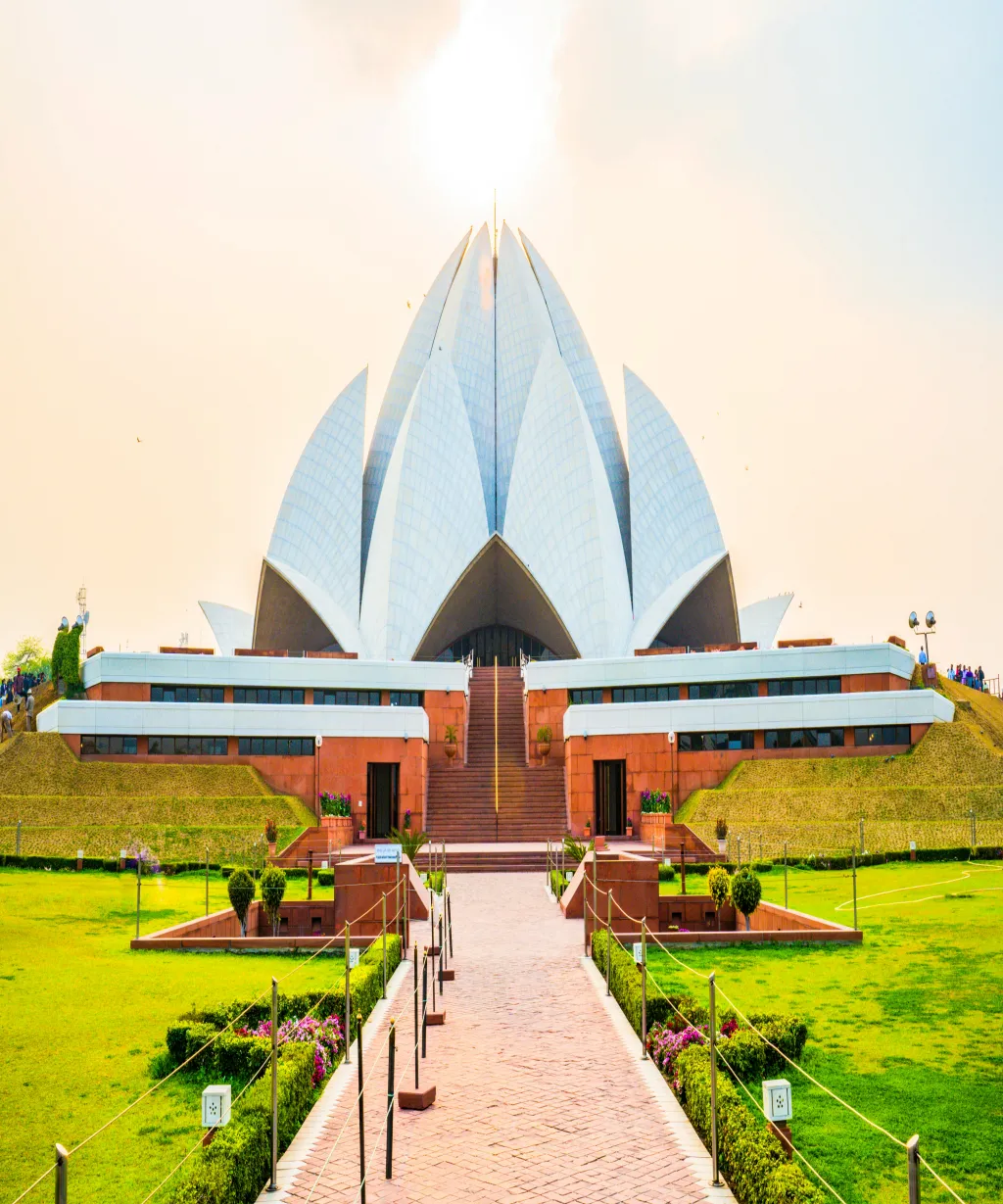
Lotus Temple
The Lotus Temple in Delhi isn’t just a place—it’s an experience. Standing tall since 1986, this stunning temple is shaped like a lotus flower, a symbol of peace and purity. Its 27 white marble petals open up beautifully, making it one of the most breathtaking sights in the city. But what truly makes it special is its message—everyone is welcome here, no matter their religion or beliefs. There are no idols, no rituals, just pure silence where you can sit, reflect, or find a moment of peace. In a world full of noise, this temple offers a rare kind of quiet, a place where hearts feel lighter and minds feel calmer. Over the years, it has become one of Delhi’s most loved spots, not just for its beauty but for the sense of serenity it brings to everyone who visits.
Contact
Got any questions? Get in touch
Address
World Trade Center, Connaught Place New Delhi 110001
